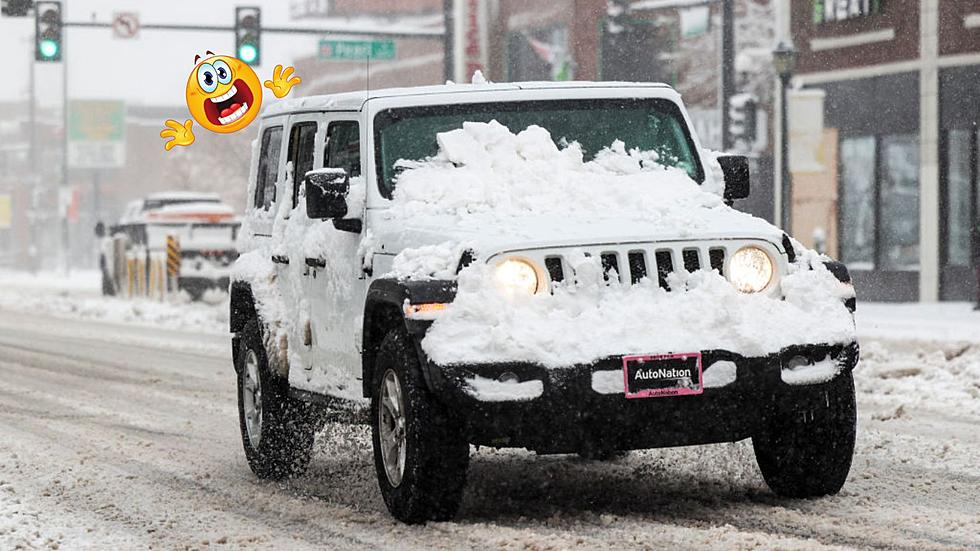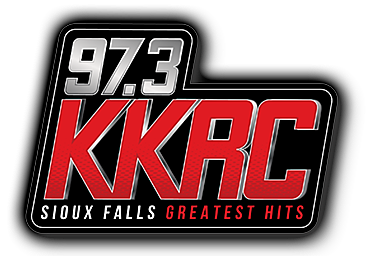
Can You Legally Drive With Snow On Your Car In Minnesota?
Whenever the Northland enjoys a fresh batch of snow, the cleanup inevitably follows across the region and we know there are some do's and don'ts when it comes to snow removal.
For example, not only is it a best practice to avoid pushing or piling snow onto roads, but Minnesota law and many local ordinances prohibit the plowing, blowing, shoveling, or otherwise placing of snow onto public roads or sidewalks. This even includes the ditch and right-of-way area along the roads
But, what about vehicles that get covered in snow? Just how should you clear your vehicle of snow before hitting the road? While driving with a friend one recent winter in Duluth, we ended up behind the vehicle pictured below and the driver obviously couldn't see anything out of their back window.
My passenger took the photo and while we never got a good look at the windshield, they did run a red light on their drive so they either couldn't see well or were otherwise distracted. This wasn't the only car I've seen during Northland winters that seemed to have too much snow on it to be safe, which led me to wonder what the law says.
How Much Snow Must Be Cleared Off Your Vehicle Before Driving On Minnesota Roads?
According to Minnesota snow laws and related laws, the vehicle above was not ready to legally hit the road. First, to be clear, Minnesota Statute 169.71 only requires drivers to clear frost and snow from both their windshields and side windows to prevent accidents created by obstructed vision on the road. While we can't be sure from this angle if this vehicle violated that statute, they did pose other problems.
In Minnesota, ice or snow-covered vehicles can also be found unlawful if cleared improperly in general. That is because ice or snow left on one’s vehicle while driving may be considered an “unsecured load." Minnesota Statute 169.81 states that no vehicle shall be driven if it carries a load that is not secure, “as to prevent any of its load from dropping, sifting, leaking, blowing, or otherwise escaping therefrom.”

Furthermore, ice or snow caught falling or blowing from a vehicle onto the street can technically be considered by Minnesota Statute 169.42 as littering, and guilty of a misdemeanor.
Another violation this and other drivers violate is regarding the inability to read the license plate. According to Minnesota statute 169.79, it is unlawful to cover any assigned letters and numbers or the name of the state of origin of a license plate with any material, including any clear or colorless material that affects the plate's visibility or reflectivity. Therefore, license plates must be readable at any time of year.
Furthermore, Minnesota requires license plates to be displayed on both the front and the back of vehicles. They cannot be placed on the dashboard, or back window or be simply left off.
Read Now: Worth A Fight? What Is Proper Etiquette When Playing Pull Tabs in Minnesota?
The bottom line is to be sure to clear your vehicle of snow to the point where you can see out of every window and you eliminate the risk of snow or ice flying off your vehicle to cause harm to another driver. It's also a lot easier to drive where you have a clear vision of your surroundings.
14 Driving Pet Peeves Every Northlander Has During the Winter
LOOK: The most expensive weather and climate disasters in recent decades
Gallery Credit: KATELYN LEBOFF
More From KKRC-FM / 97.3 KKRC






